Top 5 Property Management Myths

by Kari Negri
There is no denying that investing in a real estate isn’t as easy as it seems. If you have just stepped into the business, it can take loads of time and money. Running a prosperous real estate business involves a lot of hassle and stress, especially if you’re managing it without knowing all the laws and issues that can arise in owning an apartment building. A Fair Housing class at The Apartment Association of Greater Los Angeles (AAGLA) is probably a good start.
Thanks to magazines like Apartment News Publications, Inc. you can keep up on current issues within our industry which is also essential and if you do not have time to do all of this you need to consider your options carefully. Doing it yourself could be a disaster but also hiring the wrong company or someone without good credentials can be just as bad.
Unfortunately, a lot of property owners avoid hiring great property management companies like SKY Properties, Inc. due to misconceptions like it is too expensive or these providers can’t preserve their property. There is a large percentage of people who conflate myths with facts, depicting an inaccurate picture of property management services. If you have been hearing these stories for a long time, it is the right time to clear the mist and debunk the myths related to property management services.
Here we’ve rounded up seven most common myths to help you ease your mind.
Property Management Myths to Debunk
1. You Don’t Need To Hire Property Management Companies
Let’s begin with the most common one where most investors believe that handling management and ownership of rental properties is a breeze. According to them, they can handle maintenance and repairs to take full advantage of their investment.
However, to handling contractors, maintenance requirements, repairs and legal matters are going to take a heavy toll on you. It is better to hire the services of a reputable property management company to eliminate hassle and stress from your life. Often they can save you more money than you spend on their fee. You have to really know what you are doing to effectively manage rental property. I say that because I am often hired after there is a disaster that could have been avoided completely.
2. Property Management Service Is Expensive
It is another common myth that prevents property owners from hiring property management services. However, any good property management company will rent your vacancies faster and know all the sources to do that which are often free or very inexpensive. Their job is also to reduce expenses and because they often buy things in bulk and work with vendors that have the proper license and insurance can do more quickly and efficiently.
3. They Can’t Preserve My Property
The feeling is natural when it comes to taking care of your property. However, a professional property manager cares about your building and knows it a valuable asset. They know how to keep it in great condition at the lowest cost to attain the best market price.
4. Renters Can Damage My Property
Property managers are well-aware of your concerns when it comes to the safety of your property. That is why they make sure to rent your property to the best possible tenants and keep monitoring the property to prevent any damages. The best thing you can do for your property is to put in the right people. If you do not do this from the beginning one bad tenant can affect the income of your entire investment. SKY has a tried and true method to put in the best possible people.
5. Property Manager Will not Listen to me and Control Everything
A good property
manager will listen to a building owner and put into action a plan that is in
sync with what you want out of your investment.
The control will always be yours.
Final Thoughts
Myths Debunked. Now it’s the right time to hire a reputable property management company or take the necessary steps that includes knowing all the laws in regards to managing an Apartment Building in Los Angeles which is not easy. Taking the right classes to educate yourself – you may want to do this regardless and last to keep reading Apartment News Publications, Inc. to stay on top of current issues. The easiest thing to do however is likely to just hire the right company to begin with and stay out of trouble with code enforcement or legal matters.

Although I am not an attorney, I am a very qualified property management company with 26 years of experience so if you have questions, you can always email me and “ask SKY” at Kari@SKYprop.LA.



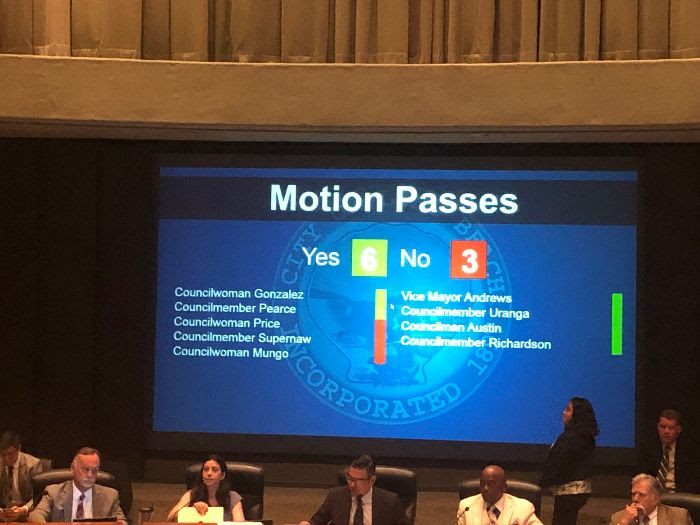
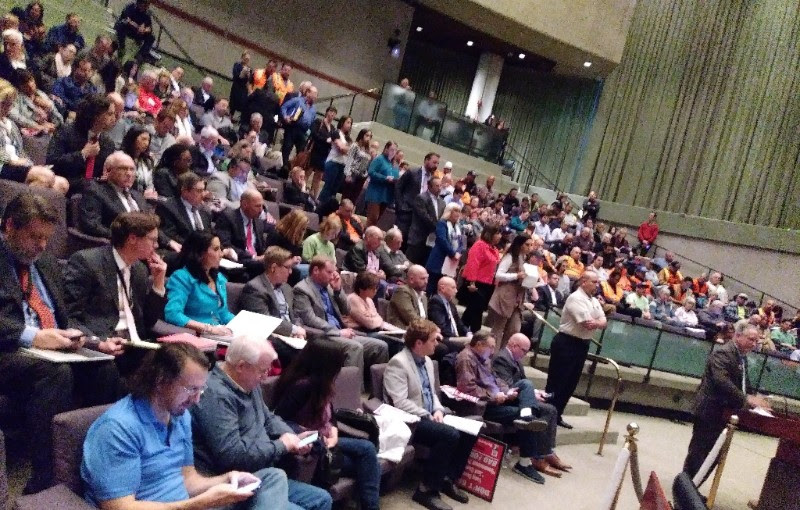
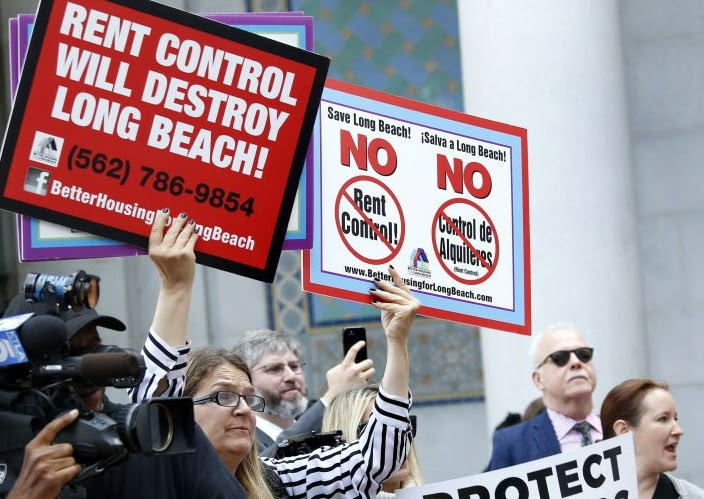
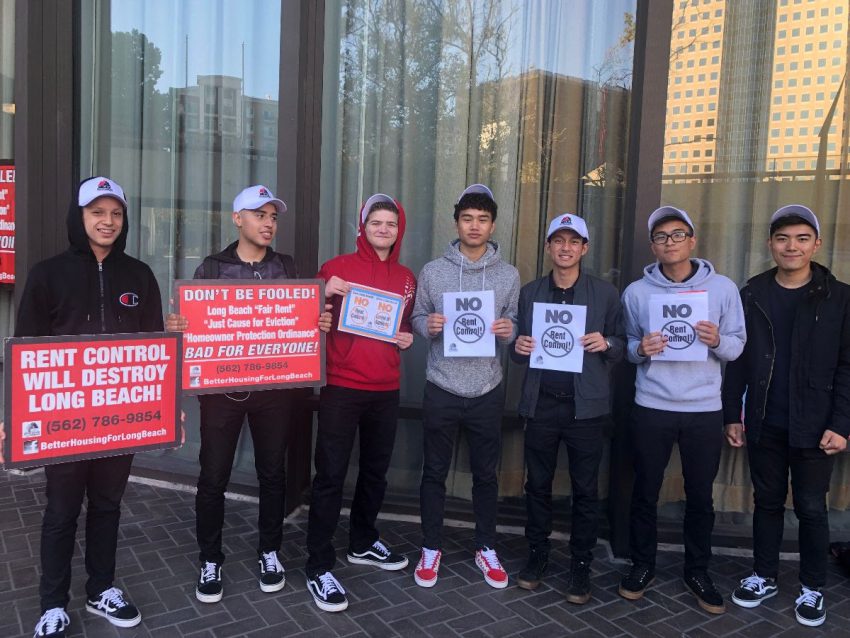

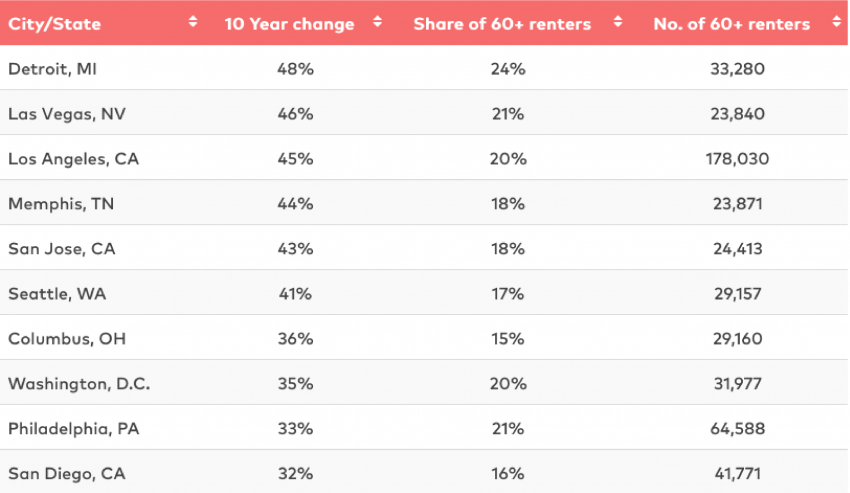
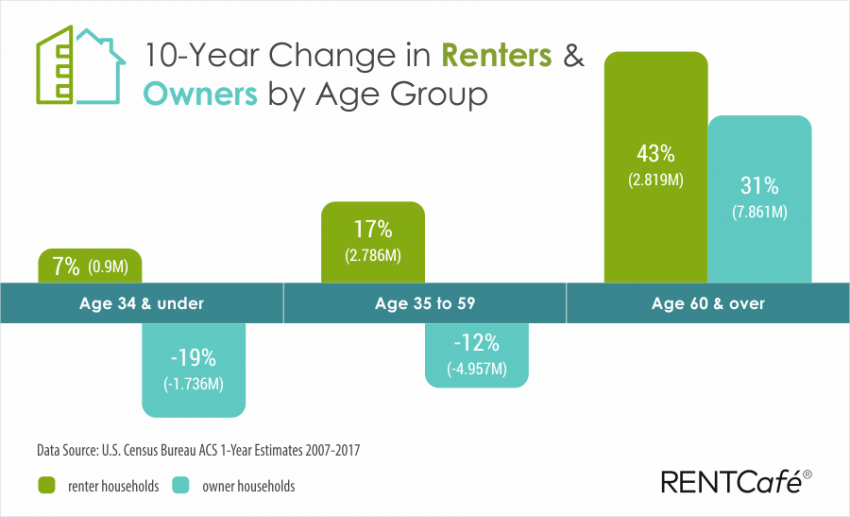

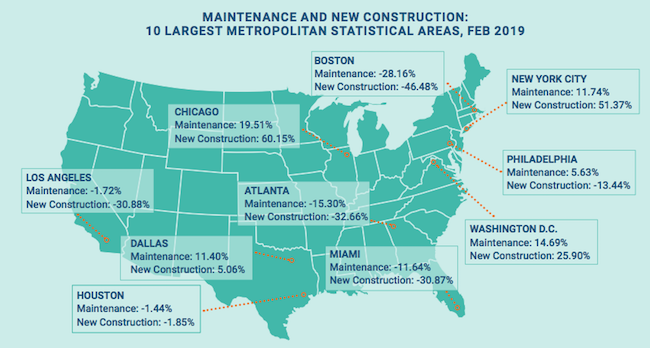




 Question Normally I love the smell of garlic, but enough is enough! I’ve been receiving escalating complaints from my residents concerning a housing tenant on Section 8, who seems to use a bit too much garlic and curry when cooking meals. The smell permeates the building and has been bothering the other residents. Other than the garlic and curry complaints, she is a great tenant, don’t want to lose her, but I certainly can’t lose the other tenants! What to do?
Question Normally I love the smell of garlic, but enough is enough! I’ve been receiving escalating complaints from my residents concerning a housing tenant on Section 8, who seems to use a bit too much garlic and curry when cooking meals. The smell permeates the building and has been bothering the other residents. Other than the garlic and curry complaints, she is a great tenant, don’t want to lose her, but I certainly can’t lose the other tenants! What to do? 

